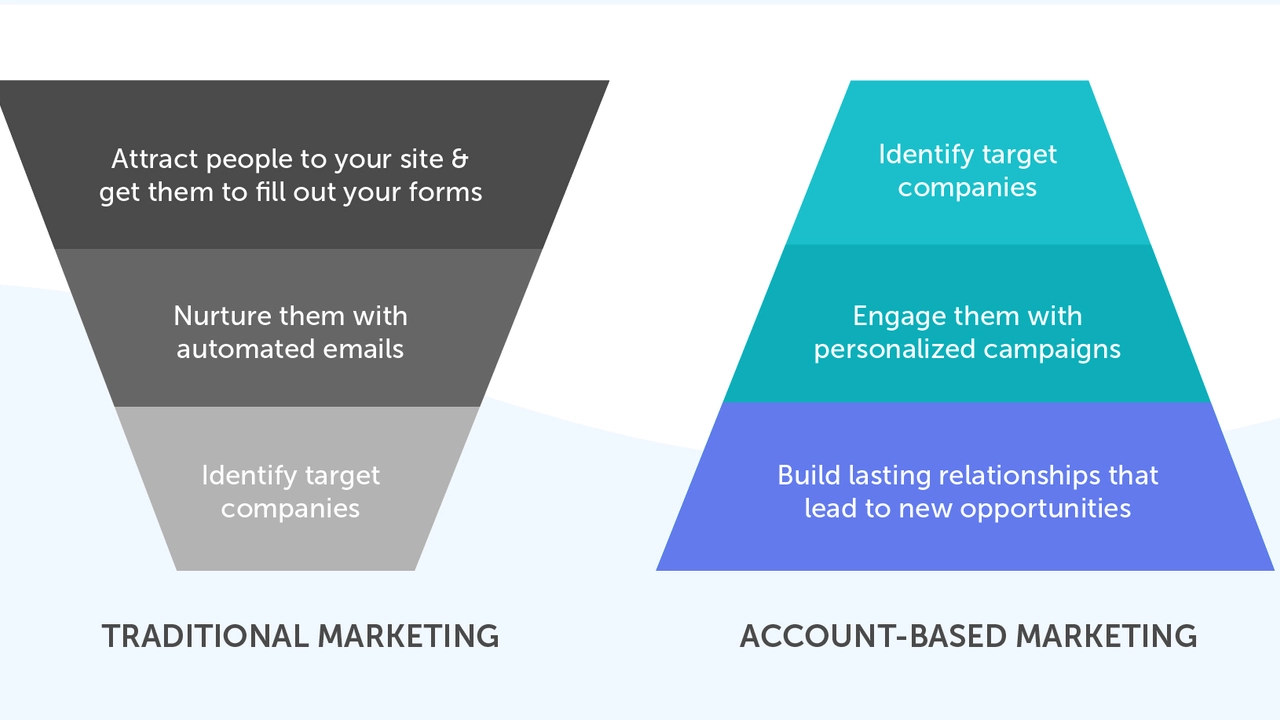The Pillars of Traditional Marketing
Not every morning starts in our household with robust discussions about marketing, but a few days ago there was an exception. As Lillian, my much better half gave her first delicious morning coffee a sip, she suddenly turned to me and asked, "Darius, what do you think about traditional marketing? Does it have a future?" Now mind you, it's a fairly broad question to tackle early in the morning, but having been involved in the marketing world before I started this blog, it did get my neurons buzzing.
Traditional marketing, in essence, refers to any type of promotion, advertising or campaign that has been in use by companies for years, and that has a proven success rate. Billboards, print advertisements, TV and radio commercials, direct mail- all are traditional marketing approaches. Sure, they might not cause the same level of excitement as the latest social media platform, but they've survived the test of time because they work - or at least, they have.
Is Traditional Marketing Outdated?
However, as my playful Labrador Sammy enjoys a good old romp in the mud, I often ponder whether these traditional techniques are just like him - fond of old habits and resistant to change. One could argue that in the age of digital revolution, only those who adapt survive and thrive. So, does that mean traditional marketing is on the way out?
I’d say it’s not a question of either-or. Rather, it’s about finding the right balance and leveraging the strengths of both approaches. You see, traditional marketing is still alive and kicking. It might not have the flashiness of its digital counterpart, but it holds significant sway in areas where digital media is yet to reach or make an impact.
What About The Younger Generation?
That being said, attracting the younger, "digital native" generation using traditional marketing is indeed a challenging task. They are more inclined to respond to digital marketing strategies which cater to their online lifestyle. However, there's also a burgeoning movement of young consumers seeking authenticity and a return to 'real' experiences outside the digital realm. And traditional marketing can cater to this by providing touch, feel and a tangible presence.
The Power of Integration
While we were debating this, our parrot Bubbles, in her infinite wisdom, squawked, "Combine! Combine!" Now, lemme tell you, Bubbles is an unusually perceptive bird. Her squawking got me thinking the power really lies in the integration of traditional and digital marketing strategies seeing both sides of the coin and using that to your advantage.
For instance, TV commercials can have a hashtag for viewers to engage with on social media. Or print advertisements in magazines can include QR codes to bridge the gap between offline and online. Making use of both approaches lets you reach a much wider, more diversified audience and increase overall engagement.
Staying On Trend
Another point to note is that while traditional marketing techniques are consistent, you need to stay on trend to remain visible in today's fast-paced market. Ensure your material is fresh, relevant, and appeals to your target audience. Using pop culture references, adapting the tone and style of your messages, and keeping up-to-date with current affairs are just a few strategies to keep traditional marketing methods effective.
Why Customer Trust Matters
The trust factor is, without a doubt, one of the hardest things for brands to achieve and maintain. Traditional marketing could partly solve this conundrum due to its inherent credibility-enhancing nature. Remember, consumers generally tend to trust ads that appear on TV, newspapers, or billboards as they have been around for a long time and are somewhat seen as an “established” form of advertising.
Looking Ahead
The big question then is - what does the future hold for traditional marketing? I believe the next era of marketing won't be about completely dismissing traditional methods, but instead evolving them to fit into our increasingly digital realities, much in the same way that we've evolved to accommodate our Labrador Sammy's muddy escapades. It's a bit of give, a bit of take, and a whole lot of creativity in between.
As traditional marketing continues to evolve, it has an opportunity to reposition itself in the dynamic world of marketing communication. Sure, it might not be as glamorous as the latest digital trend, but remember what they say about old dogs - they have a few tricks up their sleeves. And maybe, just maybe, traditional marketing might surprise us yet. So, don’t turn your back on it just yet.

